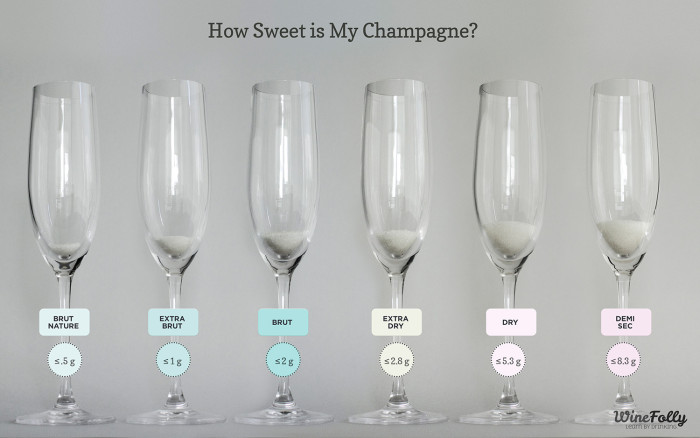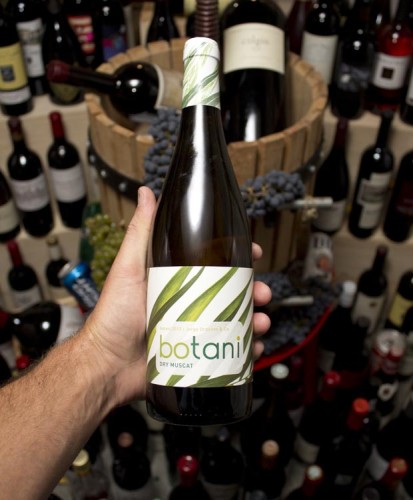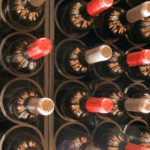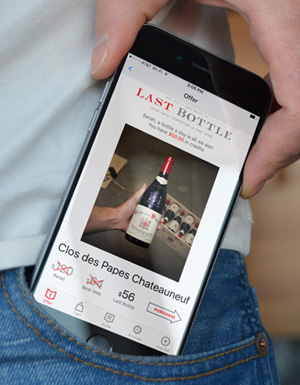When you first heard the term “dry” used to describe a wine your first thought might be, “nope, it’s definitely wet”. We know the true meaning of wine descriptors can be confusing, and this term is no exception. At the simplest level, a dry wine is one that contains no residual sugar or sweetness.
Photo via Moyan Brenn
The level of dryness is determined during winemaking. Sometimes a winemaker stops fermentation before the yeasts have a chance to fully gobble up all the sugar, leaving behind a trace amount of sweetness in the finished product. In that case you might describe the wine as “demi-sec”. Technically speaking, a wine with anywhere from 0-1.3% residual sugar could be called “dry” and there’s no legal regulation about the level of sugar content appearing on the label.
Another common misconception about dryness comes when people taste a big, tannic wine that leaves their mouth feeling dried out. While it’s true tannins do have an astringent quality, that isn’t what makes a wine dry.

This helpful image from Wine Folly shows the various sugar levels in a glass from each classification of Champagne.
Most of our favorite red wines such as Cabernet Sauvignon, Chardonnay, or Pinot Noir for example are all dry wines that contain very little, if any residual sugar. Certain other wines like Riesling and Gewürztraminer are frequently made in different styles that vary from dry to off-dry to sweet. With Champagne and sparkling wine, things get a bit confusing however, as one labeled “Dry” can have around five grams of sugar per glass, compared to “Extra Brut” which has at most one gram.










